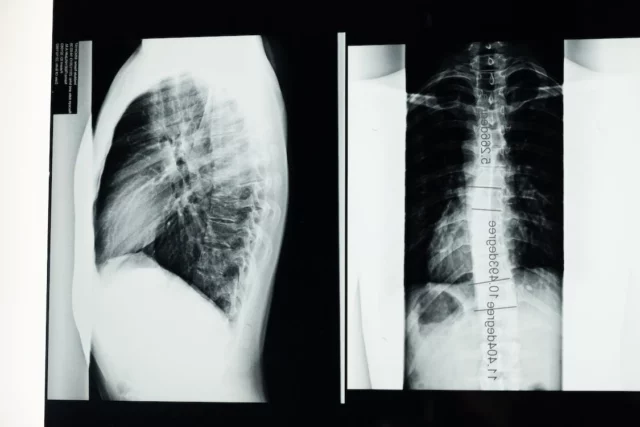
The Story of Ben Sokolic
Ben Sokolic is a 10-year-old Austin boy whose story became one of the prime motivators behind the proposed speed limit changes. Ben’s aunt Kathy shared his story at the Texas Capitol when State Rep. Israel filed House Bill 1368.
Ben was a smart, very focused child who loved to read. One day last year, he was stepping out of the family vehicle in Austin’s Mueller neighborhood when a truck came barreling down his street at 30 miles per hour and hit him. He was left with broken bones, bruises on his heart and lungs, a traumatic brain injury and a broken neck. By all odds, the accident should have killed him – but it did not. He survived, and now lives in a Dallas medical facility with round-the-clock care. His family takes turns traveling to Dallas to see him as he recovers.
How Speed Affects Pedestrian Injuries
If the speed limit on that road had been 25 miles per hour instead of 30, the outcome may have been much different. The driver may have had more time to react. Ben may have been able to see the car coming and gotten out of the way. Even if the hit was unavoidable, Ben’s injuries may not have been so severe. Data from AAA Texas shows that a reduction from 30 miles per hour to 25 on neighborhood streets results in an almost 50 percent better survival rate for victims of pedestrian accidents.
Say you are driving 25 miles per hour and you strike a fire hydrant. The impact would likely not kill you, but your car is going to be pretty messed up, because the mass of the car moving at that speed is pretty, well, massive (thanks, Isaac Newton). Suppose you are driving 35 – how much worse is the damage? You might think it would be 40 percent worse, since you are driving 40 percent faster. Wrong! The force would be nearly doubled. At 50? Four times as powerful. At 75, NINE times as powerful as the same mass at 25 miles per hour. As you can see, a minor decrease in speed can make a world of difference.






